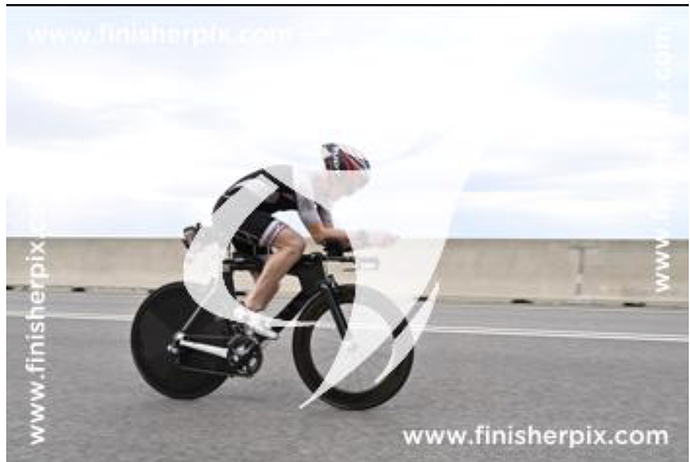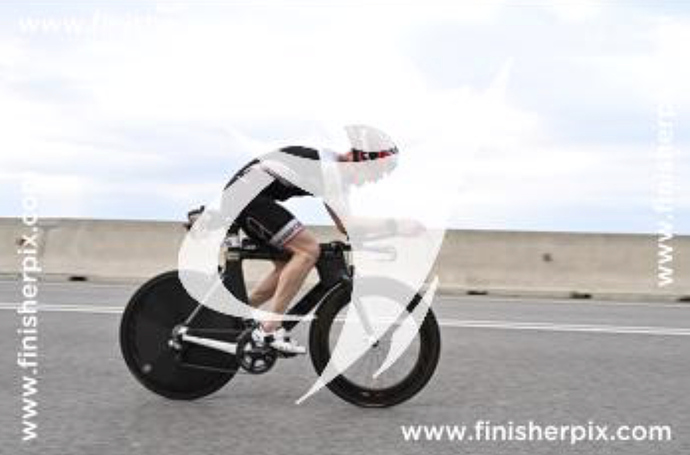I am very happy riding both rim and disc brakes. Brakes do not define a bike, they are just one of the factors, and part of a complete system
Firstly disc brakes only make a significant difference in the wet, especially using carbon wheels, the steepness of the descent is much more of a factor than the length. One way to mittigate this is to have a set of wheels with an alloy track for racing in wet conditions (this also gives you the option to fit a more robust set of tyres to your wet weather rims). On my Cervelo I had a set of Prime Black Edition carbon wheels with a textured brake track, this was stunning in the wet, the wheels were 50% off from Wiggle and cost around £500.
In the dry on a big mountain descent, I am faster on a rim brake Cevelo R5 than i am on a Canyon Ultimate disc, the Cervelo feels more secure at speed than the Canyon. However, I am faster still on a Specilalized Tarmac SL6 Disc which is the most stable bike at speed I have ever ridden.
When I compare TT Bikes, my current P3X is faster than Specialized Shiv on descents; its base bars are much lower, and therefore significnatly more aero, and secondly the Cervelo is more stable than the Shiv, it has nothing to do with the brakes, on the flat the difference between the Shiv and P3X is so marginal that I couldn’t say that one bike was faster than the other. This is a factor worth considering, the Cervelo P3 is a great bike, however, is it as stable as a modern TT bike? One option worth considering is a recent TT bike like the P5 or a recent P3 with rim brakes, you may find that you are much more confident on the descents just due to bike geometry (A used TT bike with rim brakes will be at a bargain price)
My own experience with the Shiv and a Venge build my son did, is to consider the quality of the cables. Dura Ace Cables transformed the rear brakes on the Shiv and Venge. Also consider pads, I use Swiss Stop pads on rim brakes. They don’t last too long when riding in mountains, however, they are the best I have found, especially in the wet
Another consideration. A friend of mine, who is not a good descender, has cooked 3 rims. He descends riding the brakes the whole way down as a result gets massive heat build up in the wheels. On the other hand, I descend, braking relatively hard for the bends, but try to keep off the brakes as much as I can, and my rims only get warm to touch, even coming off massive mountains.
In terms of bike size, if I am between sizes, I always go small… you can always extend a smaller frame with longer stem, more spacers etc, but much more limited on a bigger frame.
Finally, if you go for a new rim brake bike, resale value will be significantly less than a DB bike, the question is whether this is offset by the lower initial outlay and not buying new wheels. If you expect to upgrade in the future, then it will most likely be a disc TT bike as rim brakes TT bikes will disappear, so ultimately you may be investing in new wheels at some point. Have you also considered upgrading the Hubs on your rim brake wheels to disc?





